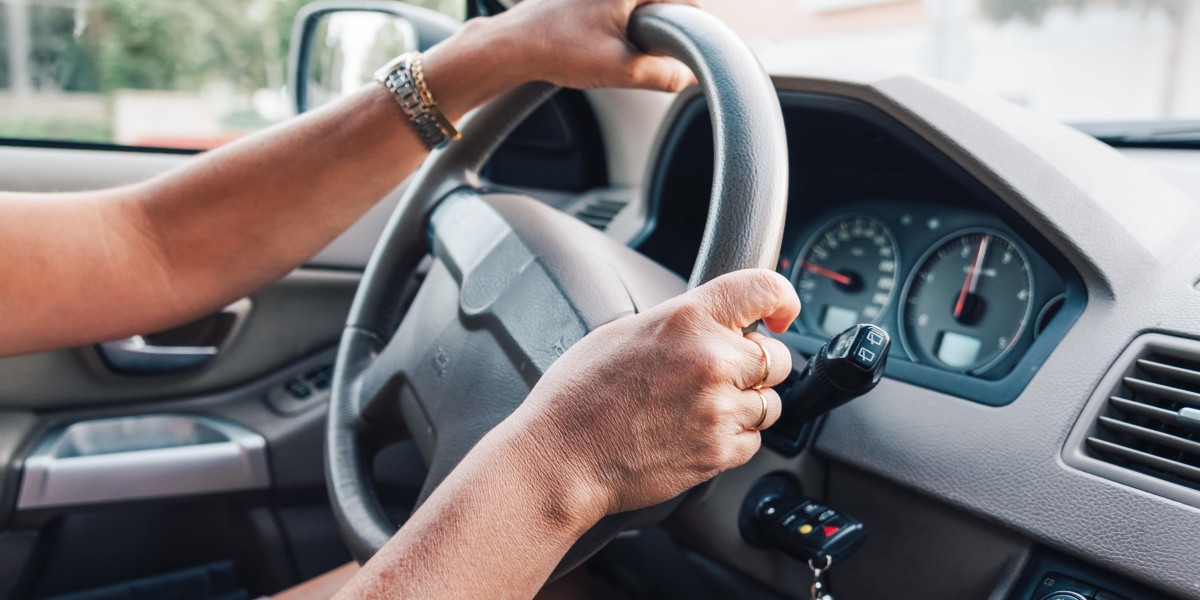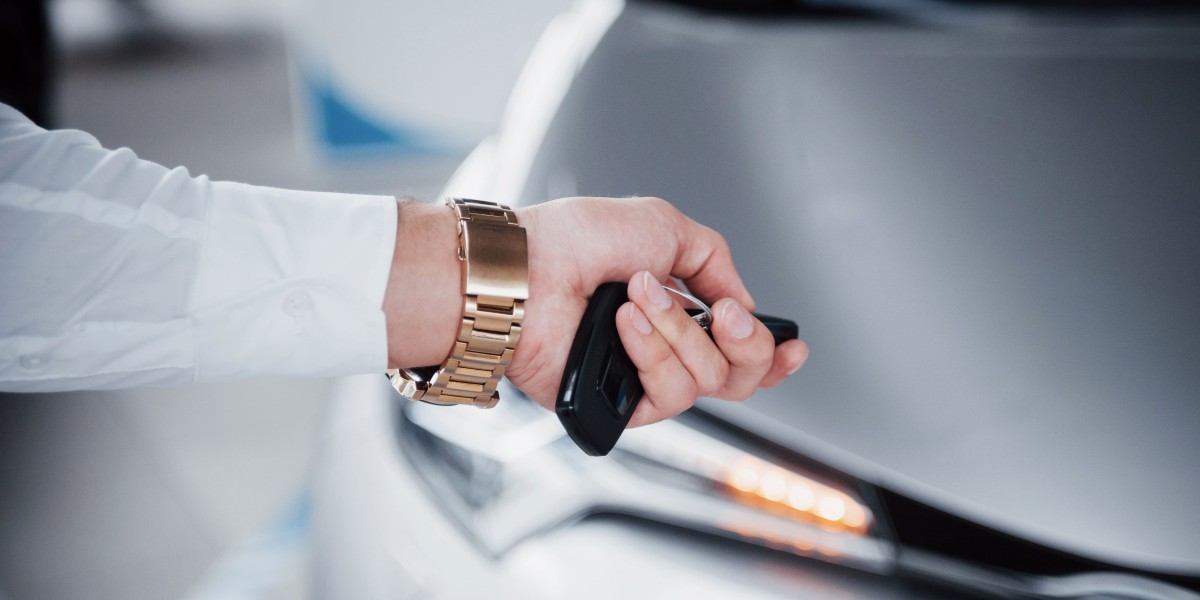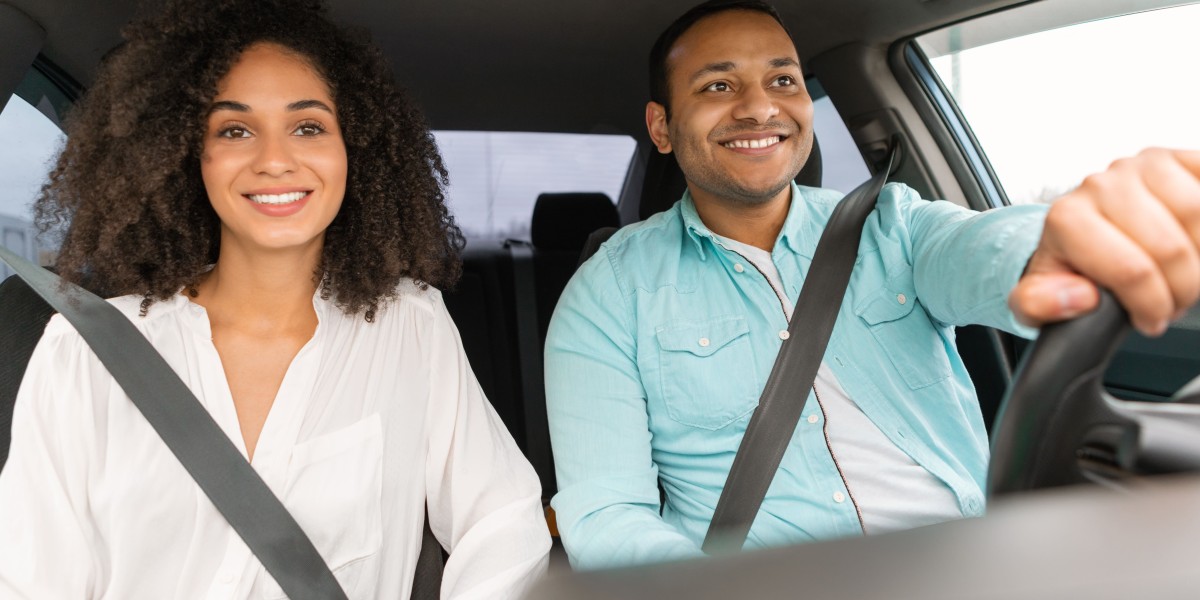Understanding the UK Driving Licence: Your Comprehensive Guide
Obtaining a driving licence in the United Kingdom is a necessary action for numerous people, allowing them the flexibility to drive individually. However, the procedure of acquiring a UK licence can be complicated, encompassing numerous stages that need understanding both the legal requirements and the usefulness involved. This post aims to provide a helpful overview of the UK driving licence system, including the application process, kinds of licences, and common concerns that prospective drivers might have.
Kinds Of UK Driving Licences
Drivers in the UK need to comprehend the different kinds of driving licences offered. Each type serves a specific purpose and is subject to different policies. Here are the primary categories:

Provisional Licence
- This is the very first action in the driving licence procedure. A provisional licence allows people to practice driving under specific conditions and is generally obtained at age 17.
Complete Driving Licence
- As soon as a driver has actually passed both the theory and useful driving tests, they can request a complete driving licence, which allows them to drive unsupervised.
Special Licences
- These consist of licences for bigger cars (like buses and trucks), motorbikes, and more. Requirements can vary substantially depending upon the vehicle class.
European Union (EU) Licences
- EU people can drive in the UK with their current national driving licences, however they may need to exchange their licence if they are remaining in the UK for a prolonged period.
International Driving Permit (IDP)
- Non-UK locals might need an IDP to drive legally in Britain. This authorization needs to be acquired from their home country.
The Application Process for a Provisional Licence
Acquiring a provisionary driving licence is the initial step toward driving in the UK. Here's how people can apply:
Eligibility
- Applicants need to be at least 17 years of ages.
- They need to be a homeowner of Great Britain and meet vision requirements.
Application
- Applications can be submitted online or by means of post. The application involves completing a D1 kind readily available at the Driver and Vehicle Licensing Agency (DVLA) or a lot of Post Office branches.
Files Required
- Proof of identity (passport or birth certificate).
- A current passport-sized photograph.
- Payment for the application charge.
Waiting Period
- Once submitted, the DVLA usually processes applications within 3 weeks, though this can vary.
Preparing for the Driving Tests
To shift from a provisional to a full driving licence, individuals should pass two important tests:
1. Theory Test
Content
The theory test consists of a multiple-choice section concentrated on road signs, traffic laws, and safe driving strategies, followed by a risk perception test.Preparation
Research study materials and practice tests are widely readily available, typically supplied by the DVLA or through different driving schools.
2. Practical Test
Structure
The practical driving test examines the applicant's driving skills and understanding of road safety. It consists of manoeuvres, emergency stops, and observation skills throughout a genuine driving session.Booking
Prospects need to schedule their dry run online once they feel great in their driving capabilities. Schedule might differ, so early reservation is encouraged.
What to Expect After Passing Both Tests
When the tests are passed, the individual is provided a complete driving licence. Below are the vital functions of a complete UK driving licence:
Validity
A full driving licence is generally valid for a duration of 10 years, after which it should be restored.Points System
The UK utilizes a points-based system for driving offences. Collecting 12 points on your licence within 3 years can result in a disqualification from driving.Categories of Vehicles
The complete licence defines the kinds of cars a driver is allowed to operate, based upon the classifications passed during the tests.
FAQs about the UK Driving Licence
1. Just how much does it cost to obtain a provisionary licence?
The expense for a provisional driving licence application is presently around ₤ 34 if done online and ₤ 43 through a paper application. Fees can differ, so inspecting the DVLA site for the most current information is advisable.
2. Can I drive with a provisionary licence?
Yes, a provisional licence allows you to drive only when accompanied by a qualified driver, who need to be at least 21 years old. Additionally, the monitoring driver ought to have held their full driving licence for at least three years.
3. How long does it take to get a full driving licence after passing the tests?
Once the dry run is passed, candidates typically receive their full driving licence within 3 weeks. Nevertheless, it can sometimes take longer depending upon processing times.
4. Do I need to take a theory test if I held a foreign driving licence?
It depends. Drivers with a valid EU licence can generally drive in the UK without taking a theory test. Nevertheless, non-EU citizens may require to pass the theory and dry runs to obtain a Uk Licence (Https://M1Bar.Com/User/Buydrivinglicenseonline9071/).
5. What should I do if I lose my driving licence?
If a driving licence is lost or stolen, individuals ought to report it to the DVLA right away. They can then request a replacement licence online or via post, for which there is a cost.
Browsing the UK driving licence system needs persistence and understanding of the various stages involved. From looking for a provisionary licence to passing driving tests and getting a full licence, each step plays a vital role in making sure that drivers are well-prepared for life on the roadway. By familiarising themselves with the process and dealing with any questions, potential drivers can approach acquiring their UK driving licence with self-confidence.










